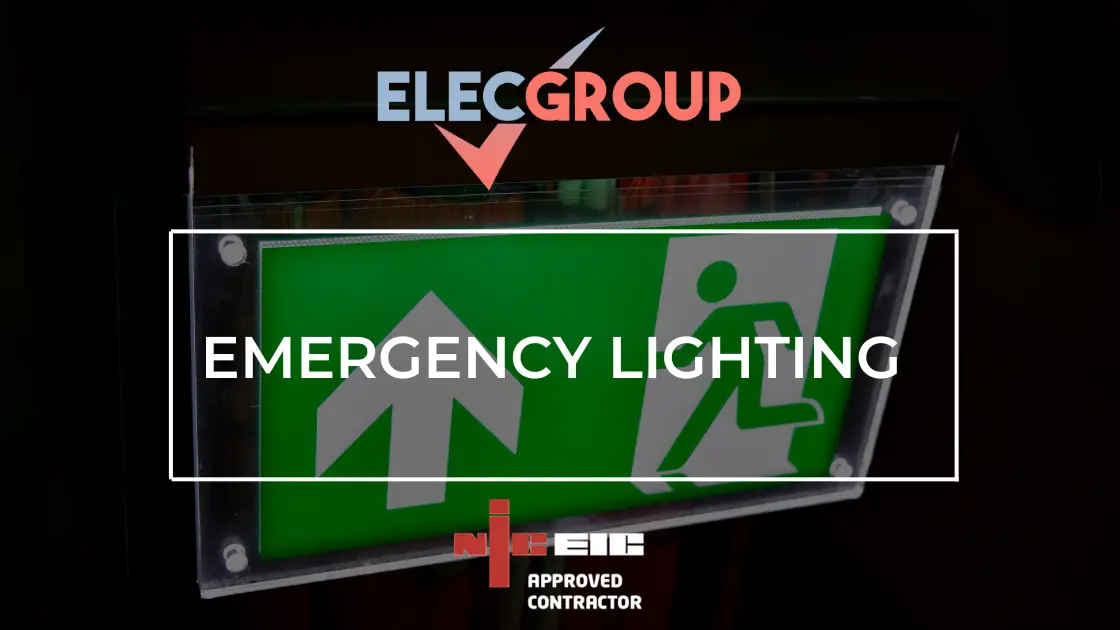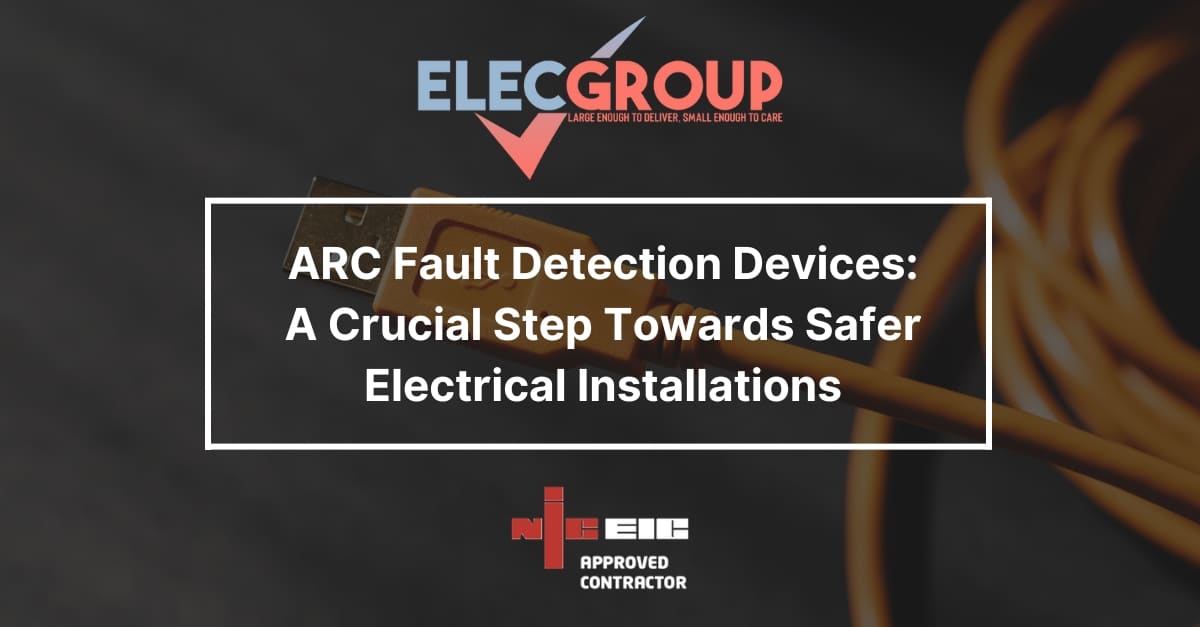EICR – Fixed Wire Testing Guide 2022 – How To Understand Your EICR Report.
In this year’s EICR – Fixed Wire Testing Guide, we will be going over everything to do with your EIC Report and what the codes that come along with it mean.
We have also put together a video going through an example of a completed EIC Report, allowing you to get a better understanding of how it is laid out and what it all means.
What does EICR stand for and what is it?
EICR stands for Electrical Installation Condition Report, which is paperwork to show what testing has been carried out during the inspection.
It will give you a breakdown of everything that is in good working order and what needs to be done. Your building will then be at a passing grade.
Any paperwork you receive alongside this such as an EIC (Electrical Installation Certificate) or a Minor Works Certificate should all be kept together along with the report. This is to prove all the faults have been dealt with, in accordance to BS7671.
This means that in the very unlikely case that you or an employee receive an injury or the building is set on fire due to an electrical fault.
Then when you have all the relevant documentation to prove that you have kept in accordance with the law you can prove it to a court or an insurance company.
Understanding the fault codes on your EICR.
On the report, if a fault is found with one of your circuits or a socket, it is then given a code that deems what action needs to be taken.. You have 4 codes that go with your report which are C1, C2, C3 and FI. These mean:
Code 1
‘Danger present. Risk of Injury. Immediate remedial action required’ –
C1 Observations mean that there is emanate danger to the circuit and needs immediate remedial work. This means there is immediate danger to anyone in or working within the building and should be repaired to a safe standard as soon as possible.
As soon as a C1 defect has been identified by the engineer, he or she will inform the person on duty both through a verbal and written format identifying the risk of injury for the particular issue. In some cases, access to that circuit will be cut off, and/or it will be turned off at the breaker until the issue is resolved.
Code 2
‘Potentially dangerous – urgent remedial action required’ –
C2 Observations are not as bad as C1 observations, but can still be a potential risk to the building and the people inside, as well as possibly being a potentially dangerous defect still. They may not be something that is a threat now, but could become something that would become a C1 in the future.
Code 3 – ‘Improvement recommended’ –
C3 codes are described as ‘Improvement recommended’, which means that an engineer has identified an issue with one of your circuits or sockets, such as a broken or damaged fitting around the socket that still doesn’t give access to live wires or something that might not comply with the regulations but does not pose a threat. This code is the only one that doesn’t require immediate action of inspection and also won’t leave an unsatisfactory report.
Code FI –‘Further investigation required without delay’ –
This code means that the engineer has identified an issue whilst carrying out the testing on the job that needs to be looked at after the EICR has been completed. This is still classified as a fault, due to not being able to find the issue there and then.
What makes an unsatisfactory EICR?
Codes C1, C2 and FI would all indicate an unsatisfactory report, meaning that you will need to book remedial work to correct anything that has been identified by the engineers during their testing. C3 would demonstrate a pass, but it is recommended that once you receive the report, all remedial work is carried out to keep your building and anyone in it safe at all times.
What makes a satisfactory & passable EICR?
After understanding what would make you fail a report, the only allowance you are able to have on a passable report are C3’s. For example, your whole EICR could consist of C3’s on every circuit and plug and it would still be a passable report under the current standards and regulations of the UK. As is stated above, C3’s are described as ‘Improvement recommended‘ meaning that there is no current danger to you or anyone in the building, but it is still recommended that everything on a report is fixed and put right, to make sure that it doesn’t turn into anything that could become potentially dangerous or create a risk to your building safety.
How to read & fully understand your EICR
From our many years in the industry, we can understand that as a current/new business, understanding what everything means on reports like these can be difficult and confusing if you are not a seasoned professional. We have created a video tutorial to help you get a better handle on your EICR and for you to be able to visually see everything explained to you step by step by one of our professionals, who deal with these reports on a day to day basis.
How can we help you?
The Elec Group is a leading supplier of electrical testing and compliance services.
The Elec Group always aims to provide an adequate service on the specific needs of each individual customer regardless of size, an Account Manager will be the first point of contact. We will work with you to identify your needs and provide appropriate quotes. The Operations Team will contact the customer to agree dates and deal with logistical arrangements.
The Elec Group aims to carry out testing with minimum disruption to your business. Wherever practical work is, we carry it out during normal work hours. If this is not possible, we can arrange the work out of hours, evenings, nights or weekends.
Comprehensive reports will be provided once testing has been completed. Account Managers and our Technical Experts are available to discuss reports and future programs of work. After testing, The Elec Group provides quotes for remedial work to ensure your buildings can be safe and compliant.




